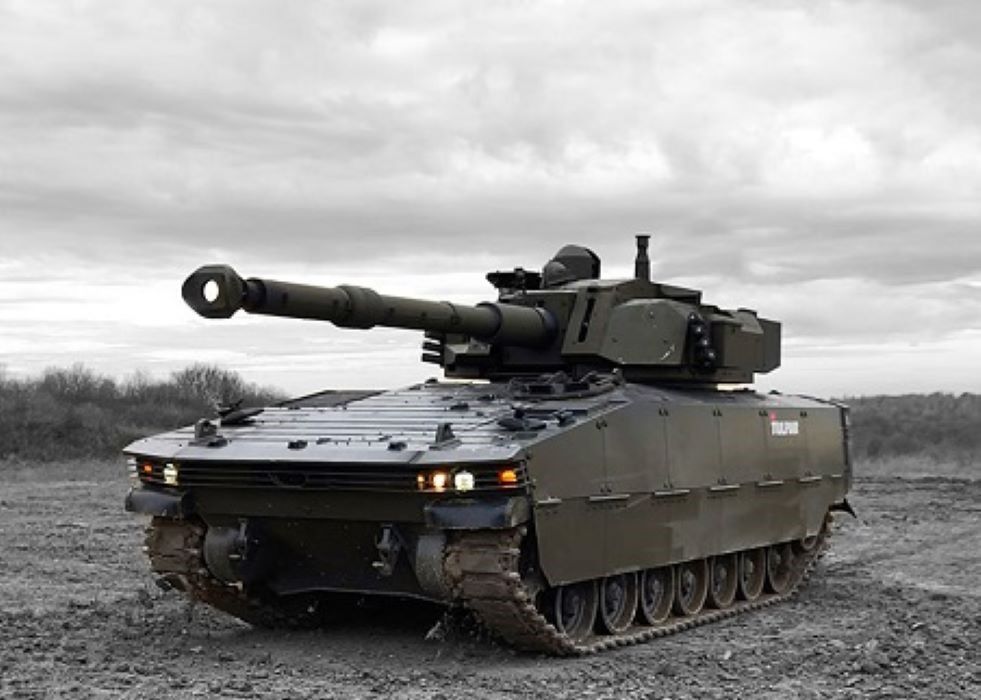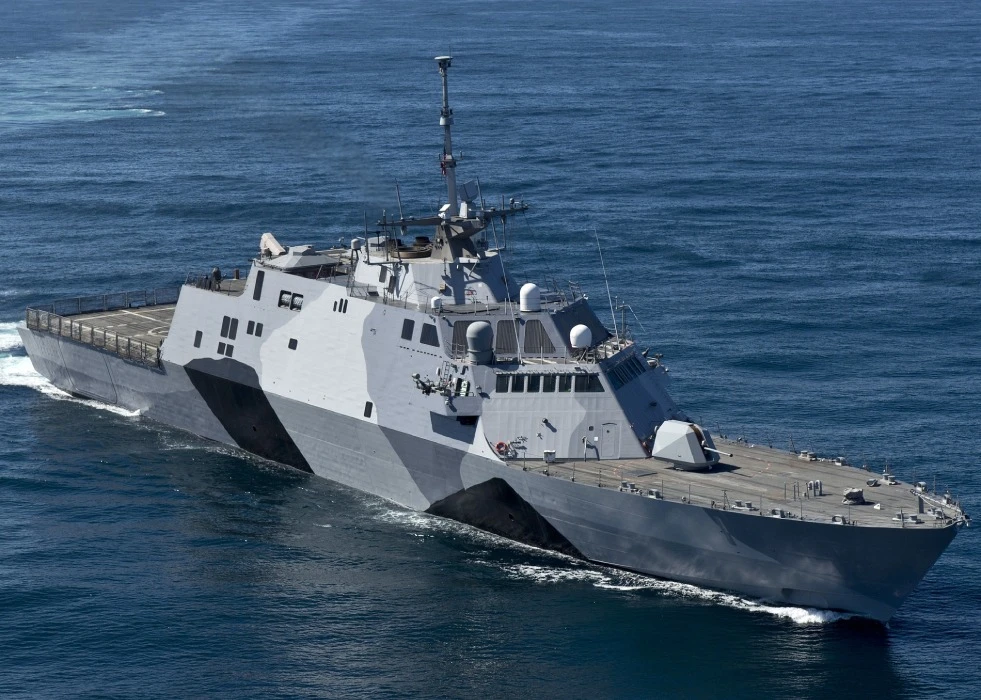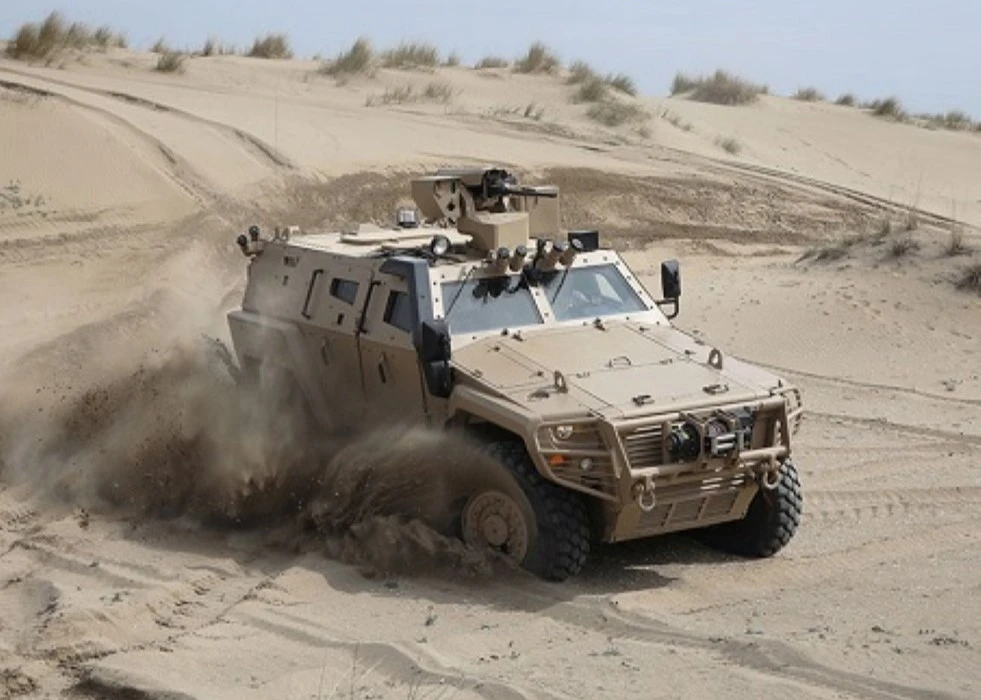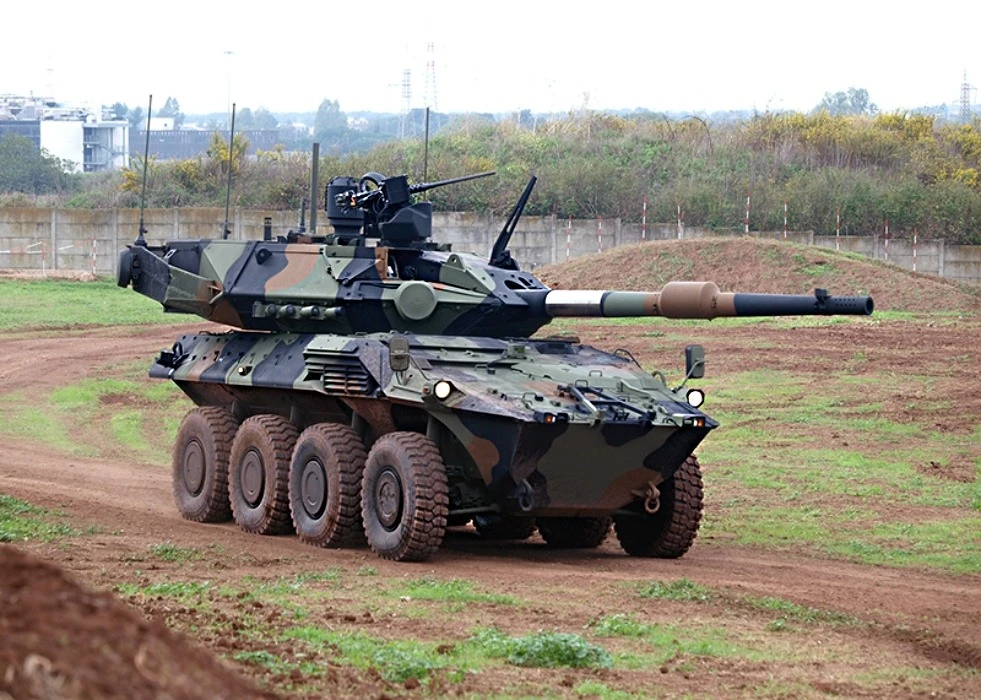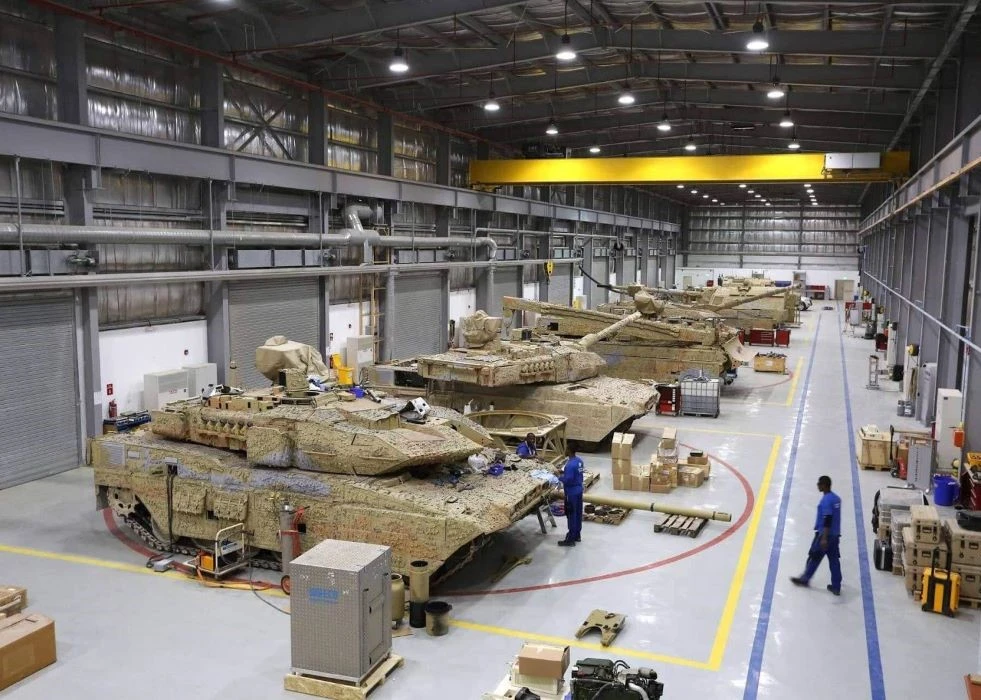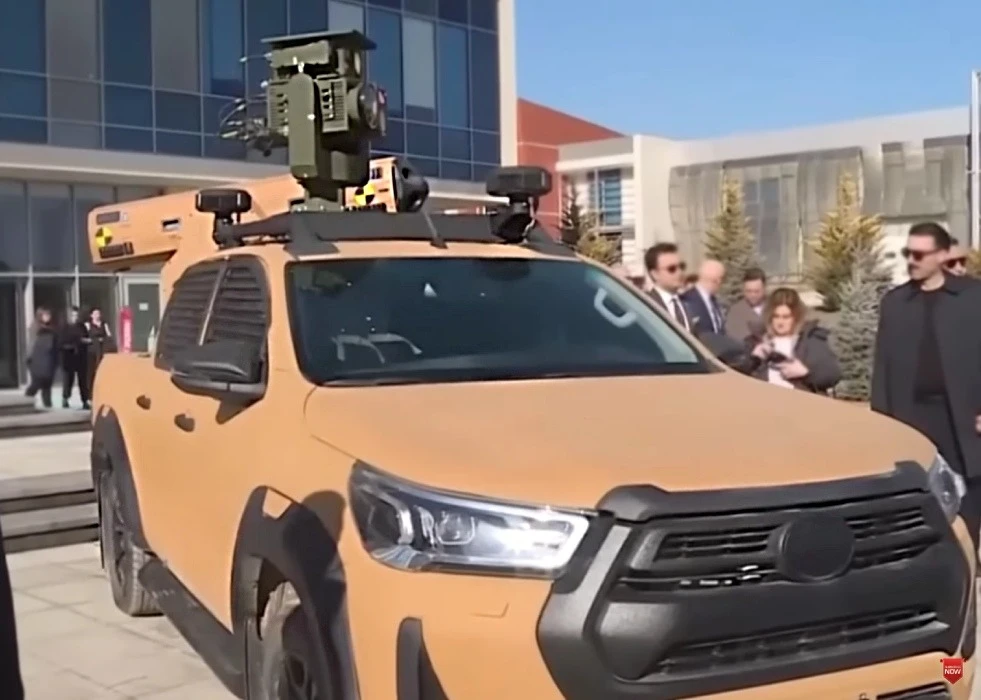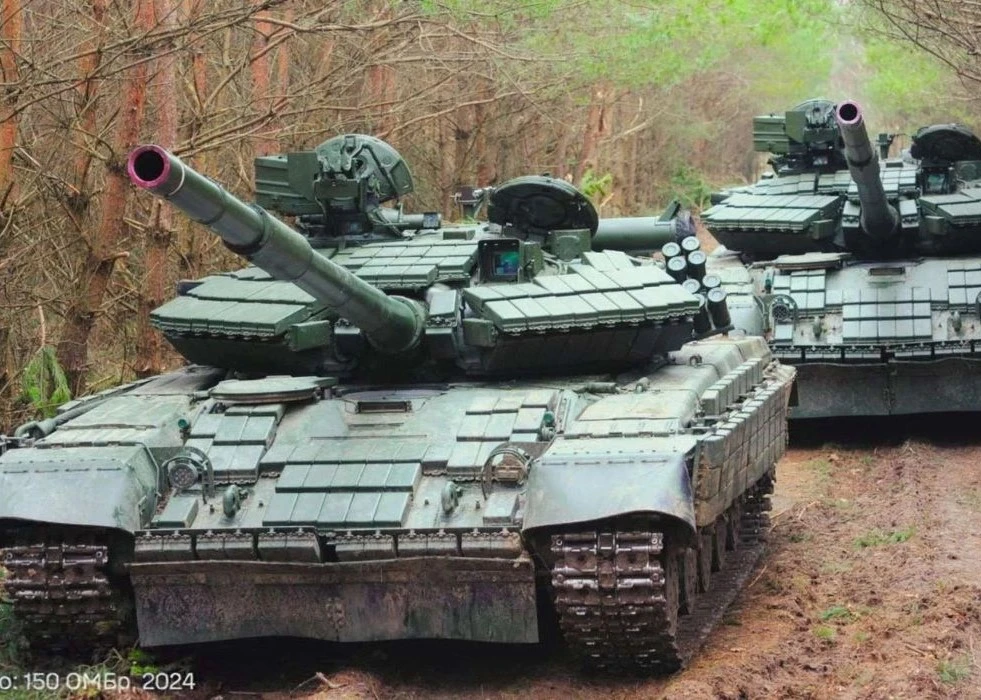Latvian National Armed Forces (NAF) Commander Leonids Kalniņš unveiled an updated national defence concept, indicating the country’s intent to procure new infantry fighting vehicles for adversary neutralisation by 2028.
Latvia was occupied by the USSR for 50 years between 1941 and 1991 and today shares a border with Russia. Latvia strongly condemned Russia’s invasion of Ukraine and proposed any and all sanctions against Russia, including the use of weapons. The modernisation process clearly indicates policy change in the defence concept.
The concept emphasises the need for the NAF to improve capabilities by increasing firepower and operational range, thereby limiting adversary freedom of action in the air, sea, and land. Simultaneously integrating infantry combat platforms, the NAF plans to strengthen air defence, coastal defence, long-range missile artillery, and unmanned aerial vehicle capabilities.
Commander Kalni emphasised that the infantry fighting vehicles would be a new platform with at least Level III protection, which would be critical for engaging in tactical operations and neutralising adversaries on the front lines.
The Turkish Otokar vehicle Tulpar, General Dynamics-based GDELS ASCOD 2 (ASCOD stands for Austrian Spanish Cooperation Development), and the Republic of Korea’s Hanwha K21 are among the predicted candidates for the armoured tracked infantry fighting vehicles, according to local media. All of these platforms are among the potential options for Latvia’s strategic defence upgrade, with each offering unique features and capabilities. The final selection will hinge upon rigorous evaluations and considerations aligning with Latvia’s defence requirements and future operational needs.
Infantry fighting vehicles are imperative to modernise the Mechanised Infantry Brigade and eventually replace the Combat Vehicle Reconnaissance tracked (CVR(T)) armoured vehicles previously procured from the United Kingdom by the National Armed Forces. LETA reported that the first vehicles were delivered in the autumn of 2015.
TULPAR is a multipurpose platform that can be tailored to meet current and future operational requirements. Its turbocharged diesel engine and automatic transmission provide power ranging from 700 hp to 1100 hp. TULPAR has an open architecture to be fitted with manned or unmanned weapon systems ranging from 7,62 mm to 120 mm.
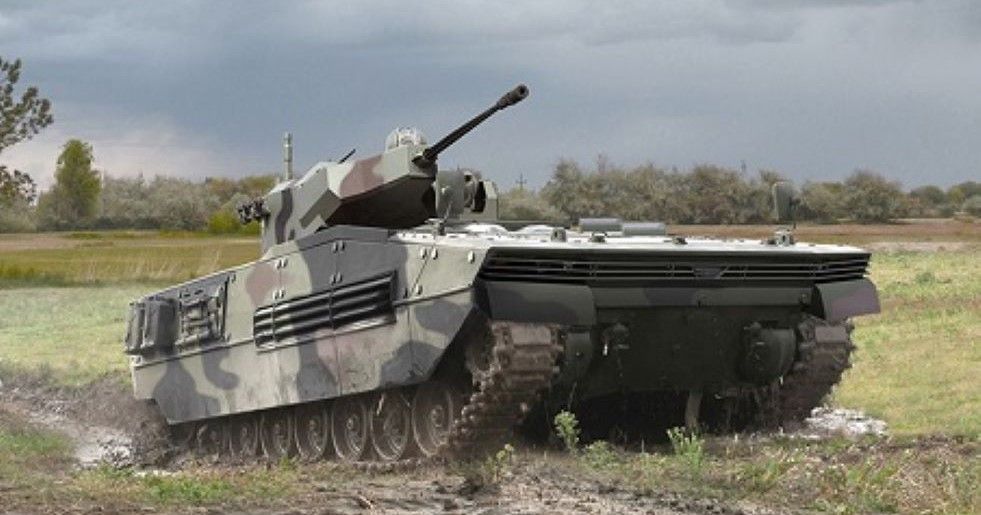
ASCOD, operated by various NATO member countries, offers modular design architecture. The development of the second-generation vehicle ASCOD II began in 2004. The ASCOD 2, compared to its predecessor, is much more technologically advanced. The MTU V8 199 T21 turbocharged diesel engine produces 805 hp.
A remote-controlled 12.7 mm machine gun can be installed on a standard Armoured Personnel Carrier (APC). A turret-mounted 25-, 30-, or even 40-mm cannon can be mounted on an Infantry Fighting Vehicle (IFV).
The Korean K21 currently has a turbocharged Doosan D2840LXE V-10 diesel engine. The K21 PIP will have an advanced engine version providing 840 hp. The vehicle has a two-man turret armed with a 40 mm cannon.
